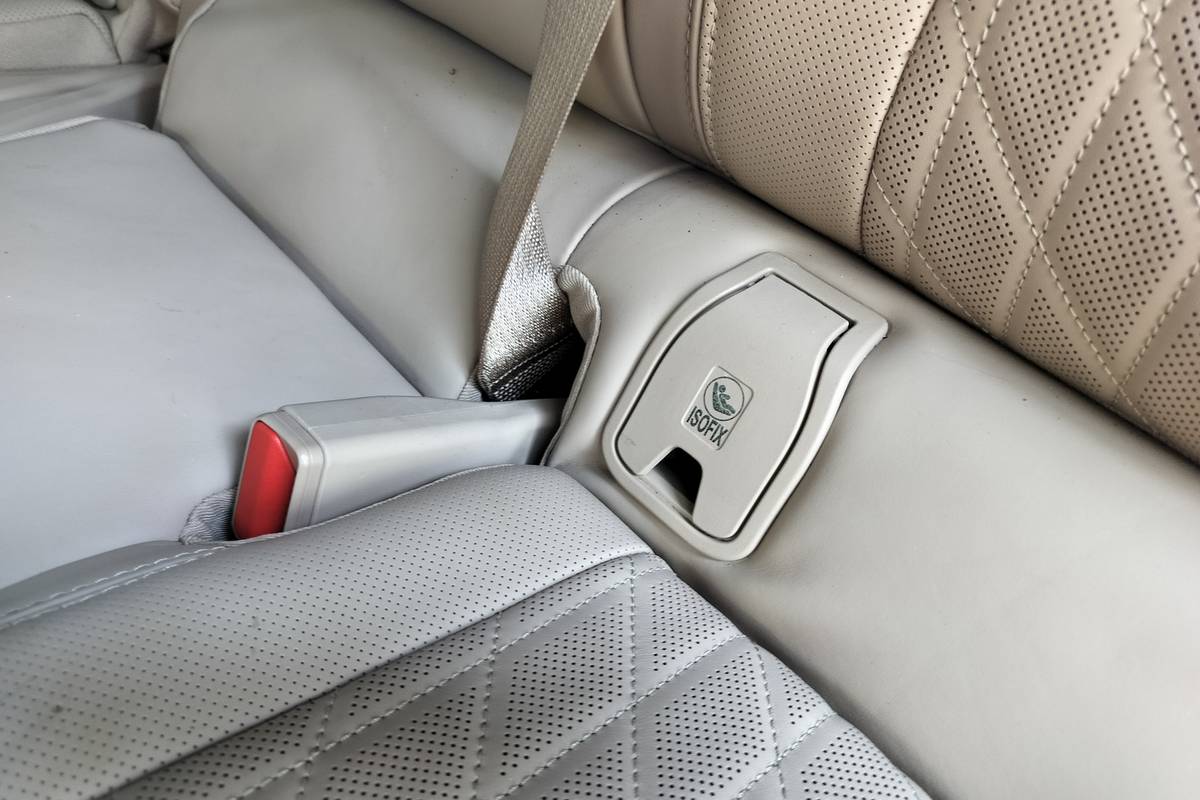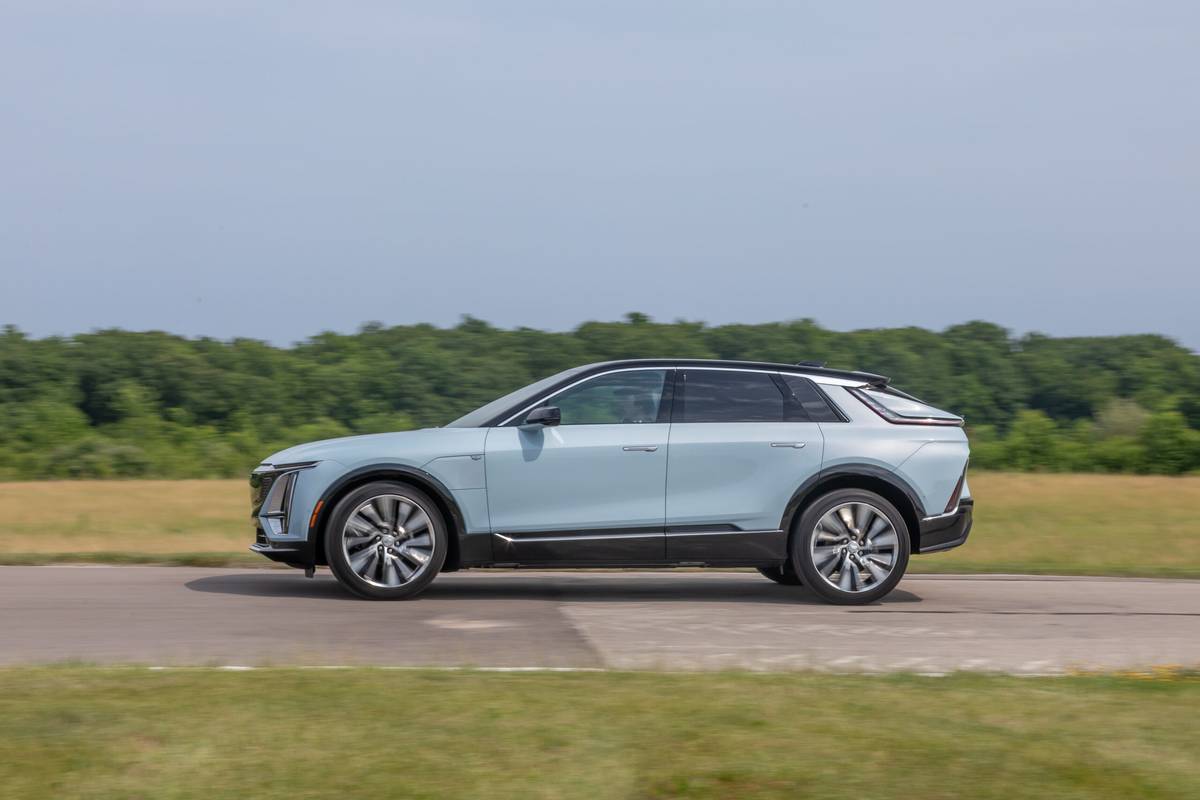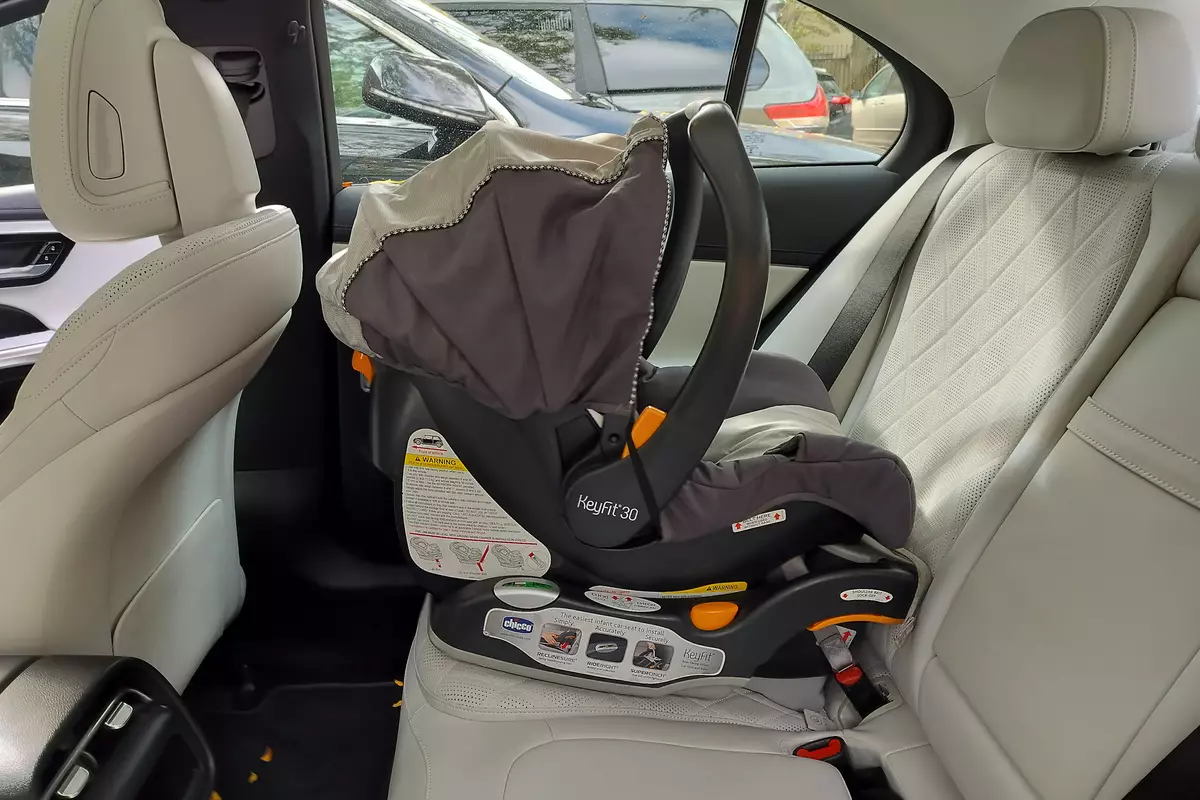TheMercuryNews.com's view
I make no apologies for liking the Chevy Tahoe. I’ve spent much time in the Tahoe over the years — in the woods and out on America’s highways — and it is a perfect complement to a summer camping trip or a winter run to play in the snow.
But the sudden drop in sales of full-size sport-utilities — the Tahoe remains the bestselling model, but its 152,305 sales total in 2005 was an 18 percent decrease from 2004 — has cast a pall over this entire segment. Surging gas prices convinced tens of thousands of buyers they could no longer afford a big SUV as a trendy token of transportation.
Of course, for those who tow boats or horse trailers, for those who carry five or six or seven kids to baseball games, for those who need a full-size SUV, the Tahoe remains a solid choice.
And a better choice, actually. I just spent nearly a week driving a four-wheel-drive 2007 Tahoe LTZ around Detroit (and nearby Canada) and came away very impressed with the improvements.
Completely redesigned and on sale now as 2007 models are the Tahoe, the GMC Yukon and the Cadillac Escalade. Coming next are re-dos of the Chevy Suburban and Avalanche, the GMC Yukon XL, Denali and Denali XL, and two more Escalade variants. They are critically important to the automaker and its future. They aren’t just huge vehicles; they represent huge sources of profit for an automaker that’s losing billions of dollars.
That said, the new SUVs, and the new full-size pickups (Chevrolet Silverado, GMC Sierra) that share its T-900 platform and will go on sale later in the year, arrive with a mix of anticipation and anxiety.
The worries are about the market, not the vehicle.
“They are still going to be full-size SUVs,” said Gary White, GM’s vehicle line executive for full-size trucks. “They’re going to have the towing capabilities, the carrying capabilities, the hauling capabilities. If people want less than that, there are a number of products they can go to.”
The ride is much improved. The design, especially in the cabin, is sophisticated, almost luxurious. I especially like the big dials and the metallic dash trim.
And, thanks to improved aerodynamics and GM’s newly named Active Fuel Management system ( previously called Displacement on Demand) that cuts off unneeded cylinders, gas mileage is improved. The window sticker on the Tahoe I drove listed city mileage as 15 mpg and highway mileage as 21 mpg. The 2006 Tahoe 4WD with the 5.3-liter V-8 got 14/18.
My trip computer told me I got about 15 mpg in about 200 miles of mixed city and interstate driving. So improved mileage doesn’t mean good mileage.
And there’s no disguising the reality that fuel mileage is an issue here. Check out Consumer Reports, which recommended the previous-generation Tahoe. The magazine uses a series of dots — a solid black is bad, a red one with a tiny white dot in the middle is good and there are three in between — to evaluate products. All the big SUVs, including those from Ford, Toyota, Nissan and GM, get solid black dots for fuel economy.
The math is simple. If you pay $2.50 a gallon and your Tahoe has a 26-gallon tank, then you’ll pay $65 for every fill-up. That’s a lot of money.
What GM did to the Tahoe, which was last redesigned in 1999, was remake it from a machine that felt severely dated into one that feels entirely modern.
The rear hatch opens with a push of the key fob, and closes with the push of a button on the door itself.
The third-row seats fold flat with the pull of one lever. Some lament the lack of power third-row seats, like those found on the big Fords, but this system works pretty easily. The second-row seats fold forward with ease.
On our test vehicle, painted gold mist metallic and with a two-tone tan interior, all sorts of electronic wonders — a rear-seat DVD entertainment player with wireless headphones; a navigation system; backup beepers and a rear-view camera — were added. Throw in leather seats, the OnStar emergency-concierge service and XM satellite radio and this felt like a luxury SUV.
And its price, which topped $52,000, including more than $13,000 in options, confirmed that feeling.
The LTZ package included leather seats, an air-assisted rear suspension, 20-inch polished aluminum wheels, a Bose stereo system and more.
But it’s the improved ride that’s so noticeable. This isn’t a Corvette, since it still weighs more than 5,500 pounds and measures nearly 17 feet long, but it feels much more stable, more steady than in the past.
The frame is new, and both front and rear tracks are wider. The front suspension set-up, the steering system and the brakes are new, too.
I arrived in Detroit just as a morning of black ice descended on the area. Cars were spinning into ditches but the Tahoe kept its poise.
The engine, a 5.3-liter V-8, carries over, but it has been altered to boost both power (now making 320 horsepower, up from 295, and 340 pound-feet of torque) and fuel economy. The base Tahoe, which starts around $33,000, comes with a 290-horsepower, 4.8-liter V-8.
Here’s the bottom line: From the early ’90s to about two years ago, sales of vehicles such as the Tahoe, the Hummer H2, the Ford Expedition and more were fueled, in some part, by trendiness.
Those buyers are now shopping elsewhere. That leaves a group — perhaps three-quarters of a million people a year — who buy full-size SUVs because they need them. They tow boats or trailers, haul teams or carry lots of gear.
For those buyers, the new Tahoe is an excellent choice.
– – –
Contact Matt Nauman at mnauman@mercurynews.com or (408) 920-5701.
Latest news



